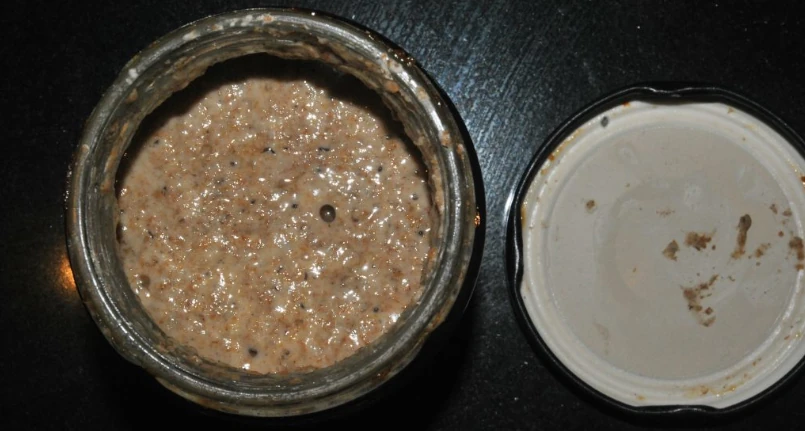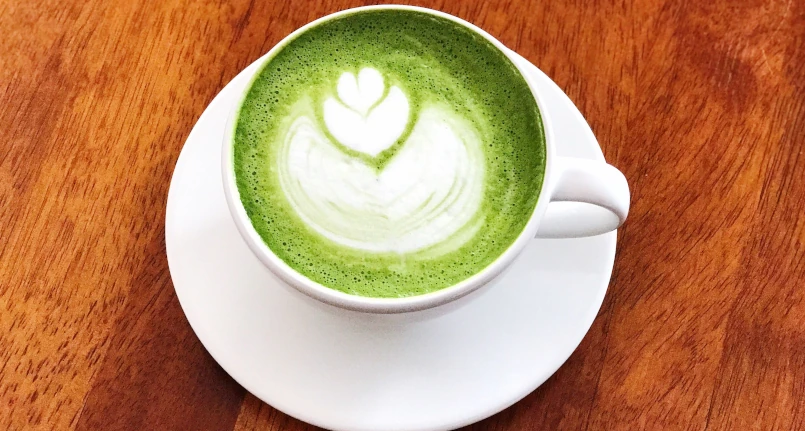Generality
Mother yeast is a leavening agent for bakery products , ESSENTIAL for the packaging of many traditional foods. Other synonyms for sourdough are: sourdough, sourdough and natural yeast.
Mother Yeast: a Live Food
Sourdough could be defined as a ” dough of wheat flour and water left to ferment spontaneously, i.e. without the inoculation of new fermentative microbes “. Obviously, this does not mean that (thanks to modern technologies) the “first sourdough” cannot be obtained by selecting the desired organic starters. The aforementioned definition, rather, indicates that the sourdough DOES NOT require, AFTER its creation, further additions of yeasts or bacteria; it is in fact sufficient that, periodically and systematically, the microorganisms already present in it are fed.
Sourdough is therefore a LIVE food that must be preserved with respect for the bacteria and fungi that make it up. It must be combined with water and flour, obtaining a dough from which, following a long leavening, a part (about 1/3 or 1/2) will be retained for the next use. Mother yeast is maintained thanks to a sort of “perpetual motion” and could be defined as an inexhaustible yeast!
At this point, many readers will wonder WHAT are the differences between the use of brewer’s yeast and that of sourdough ; the answer is decidedly complex and articulated but, first of all, it is essential to underline the discrepancy existing between the microbial floraof the two products. While brewer’s yeast is made up exclusively (or almost exclusively) of Saccharomyces yeasts (mainly cerevisiae ), mother yeast has a greater variety of active microorganisms among which, in addition to yeasts ( Saccharomyces and Candida ) , there are some LACTIC or fermenting bacteria ( i.e. they produce only lactic acid and carbon dioxide) and heterofermenters (i.e. they also produce secondary compounds such as acetic acid, ethanol, etc.); among the latter we mention:
- Lactobacillus : L. plantarum , L. casei and L. brevis
- Leuconostoc : L. mesenteroides
- Pediococcus : L. pentosaceus
etc .
These bacteria, also producing lactic and acetic acid, determine the “acidification of the dough” and are responsible for various nutritional, organoleptic and gustatory modifications of the product obtained with mother yeast. Based on some surveys carried out on the breadcrumbs obtained with sourdough. concentrations of acetic acid up to 20 times higher than those of the food obtained by direct leavening with brewer’s yeast have been found.
Nutritional modifications of the food by means of mother yeast
All the transformation processes carried out by microorganisms ( bread making , yogurt acidification , fermentation of beer , wine , gherkins, sauerkraut , etc.) modify the chemistry, therefore the nutritional contribution, of the food. However, these processes differ according to the type of biological starter, the initial substrate and the degree of proliferation.
While the yeast strain contained in brewer’s yeast essentially produces carbon dioxide and water, the variety present in sourdough is responsible for many additional alterations .
First of all, as anticipated, mother yeast (thanks to the presence of bacteria) involves the release of lactic acid, acetic acid and ethanol. These, which are partially dispersed during cooking , are however clearly perceptible in the final bouquet of the food. It should be emphasized that, at times, the presence of acetic acid can be perceived as a pungent and not always pleasant smell; however, the excess of this molecule is a prerogative of “young” sourdough, used only a few times and which therefore still needs to “balance”.
Secondly, a greater protein hydrolysis takes place in the sourdough, with the production of short peptides and free amino acids; this is also made possible by the long and indispensable leavening times. This feature makes foods produced with sourdough more digestible and susceptible to the Maillard reaction when cooked (to the advantage of appearance and aroma). The same microorganisms, again thanks to the long leavening times, degrade the anti-nutritional molecules more effectively and release certain mineral salts . Moreover, in bacterial processes the supply of certain water-soluble vitamins of group B is frequent, which considerably enrich the finished food (even if, by means of cooking, part of these is destroyed).
Last but not least, the chemical composition of the bacteria and yeasts themselves. These, which grow and multiply by exploiting organic substrates, become an integral part of the food. This is a rather neglected aspect but still worthy of note; the chemical profiles of some microorganisms are summarized in the table below (taken from: Dictionary of food. Science and technology ).




